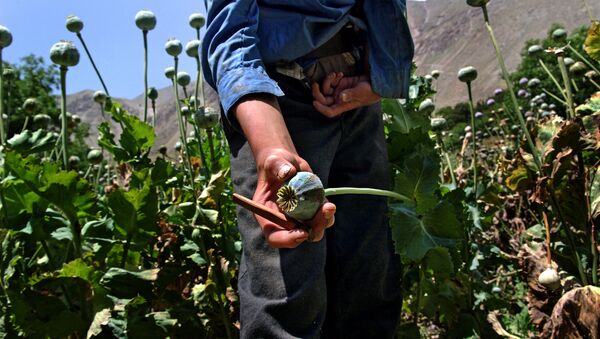The report said that while 61,200 hectares of opium poppy were cultivated in 2013, the area being cultivated this year has grown to 63,800 in Myanmar and Laos, which together with Thailand, form the so-called Golden Triangle in Southeast Asia. Data on the cultivation of opium poppy in Thailand is still pending, according to the document.
The report also said that an estimated 762 metric tons of opium produced by Myanmar and Laos were subsequently refined into 76 metric tons of heroin, later being smuggled to markets in adjacent countries.
"The region's large demand for heroin provides profitable incentives for transnational crime groups. Not only by bringing in the chemicals needed to make heroin, but in particular by trafficking and distributing the drug to markets in China, Southeast Asia and other parts of the world," Jeremy Douglas, UNODC regional representative for Southeast Asia and the Pacific, was quoted as saying in a press release published on the UNODC website.
The release noted that 89 percent of the Golden Triangle's opium poppy has been cultivated in the state of Shan, Myanmar, the country's hub for opium and heroin activities. It added that Myanmar is the second-largest producer of opium poppy in the world after Afghanistan.
The Golden Triangle is considered to be one of the main opium-cultivating regions in Asia. According to the report, the Golden Triangle was the world's largest heroin-producing region twenty years ago, from which the substance was exported to North-east Asia, Europe and the United States once regional demand was met. Despite a decrease registered in early 2000s, the production and trade of opium continued to grow in subsequent years, according to the report.



